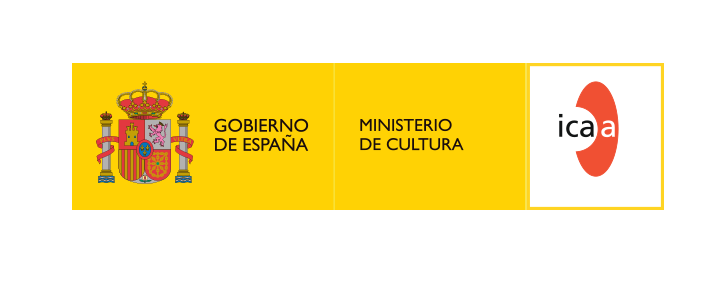YEAR: 2011
ID APARTADO: 22
APARTADO: festival_diary
SUBAPARTADO:
SECCION:
TABLE: 1
ID: 2471
LANGUAGE: in
MAQUETACION:
TITULO:
RULE: 1
Z365" or "Festival all year round" is the new strategic point of the Festival in which converge investigation, accompaniment and development of new talents (Ikusmira Berriak, Nest); training and cinematic knowledge transfer (Elías Querejeta Zine Eskola, Zinemaldia + Plus, Filmmakers' dialogue); and investigation, disclosure and cinematic thought (Z70 project, Thought and Discussion and Research and publications).
The San Sebastián Festival is dialing up Latin America. Manuel Perez Estremera consolidated its Latin American bent. But this year it’s added three – no less - new initiatives: a 4 + 1 Contemporary Mexican Film strand; Wednesday’s Mexico-Basque Country Co-Production Meeting; today’s European Film Promotion Latin America meet. One of Jose Luis Rebordinos’ obsessions, he told Variety, is for San Sebastian to become ever more of a “Latin America-Europe meeting point.” Little wonder. Latin America is undergoing vertiginous– and heartening - change. Total Latin American B.O. skyrocketed from $1.14 billion in 2005 to 2010’s US$2.2 billion, screen count from 8,000 to 10,400. Mexican B.O. rose 15% in 2010, Brazil’s 29.5%. Tax breaks and state funding have energized production.Mexico, Brazil,Colombia and Chile produced respectively 23, 32, 1 and 4 movies in 1998, 70,90, 14 and 22 a decade later, estimates Screen Digest. Film schools have flowered, feeding New Waves. Producers are anteing up ambitions. Select films are finally breaking out from extensive festival play to significant international distribution.
How much is this banner growth benefiting Europe? The answers are not that simple. Partly, each market is its own world: Mexican B.O. growth is driven by digital cinema construction and 3D pic ticket hikes,Alfhaville Cinema’s Alfonso Lopez told Variety. Argentina’s screen count has fallen, to 827 last year, observed Distribution Co.’s Bernard Zupnik.AU.S. blockbuster – the latest Harry Potter,Cars – can put a lock on exhibition. That said, there’s certain cause for optimism. “Brazil has quite large audiences which like blockbusters and European and Latin American movies,” said Bruna Sorrentino, at Brazil’s Art Films, an EFP panelist, like Zupnik and Lopez. That audience sector, moreover, is “growing.” “The market’s opening,”agreed Sylvia Iturbe at Latido Films, citing specialist channels LAP TV and, for Spanish titles, Cine Latino. Festivals serve as sales launchpads. At Guadalajara, for example, which forms part of EFP’s film sales support scheme, France’s Pyramide Intl. pre-sold Ismael Ferroukhi’s Free Men to New Era for Mexico and Central America and Bruno Dumont’s “Outside Satan” to Mexico’s Mantarraya. Guadalajara teams with San Sebastián on a Europe New Trends section, said Guadalajara’s Alejandra Paulin. Another way into Latin America is coproduction. One recent Brazilian hit is “Chinese Take-Away.”Yes, it stars Ricardo Darín, and Argentina’s Sebastián Borensztein directs. But it’s co-produced by Spain’s Tornasol Films.
JOHN HOPEWELL
Monday to Thursday: from 9:00 a.m. to 3:30 p.m.
Fridays: from 10:00 a.m. to 2:00 p.m.




